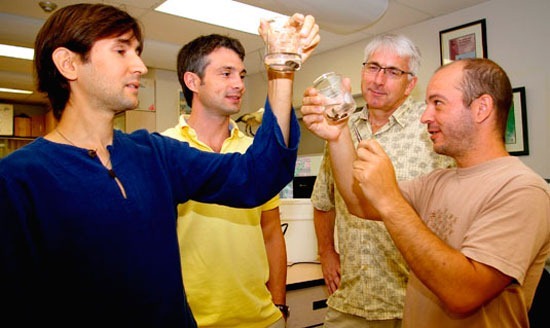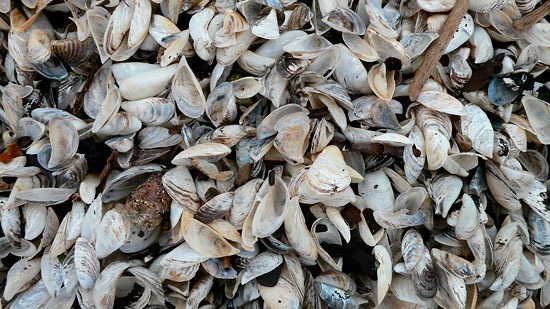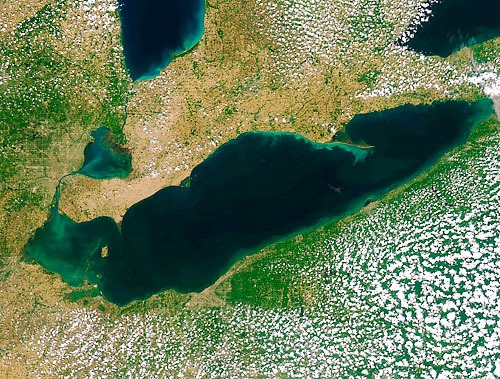Study on golden mussels aims to fight Great Lakes invaders
Dr. Hugh MacIsaac has made a career out of fighting invasive species. The University of Windsor professor and researcher with the Great Lakes Institute of Environmental Research has for years[…]













